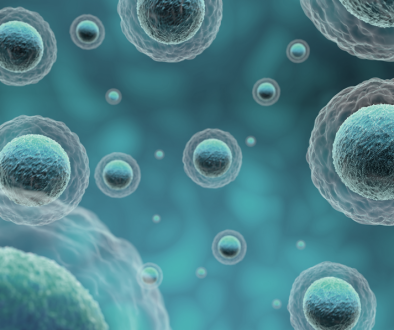When you hear the word mistletoe, chances are you think of the holidays, green sprigs hanging in doorways, warm gatherings, maybe even a kiss. But there’s another side to this humble plant that’s been quietly making waves in the medical world. Researchers are now exploring mistletoe not as a festive decoration, but as a potential partner in cancer care.
At Johns Hopkins, a team of oncologists recently conducted the first U.S. clinical trial on mistletoe extract for patients with advanced cancer. Around the same time, the book Mistletoe and the Emerging Future of Integrative Oncology was published, sharing stories and insights about how this plant is already being used in integrative medicine around the world.
Together, the study and the book tell a story of ancient wisdom meeting modern science, and of new hope for patients looking for more holistic options in their care.
The Johns Hopkins Trial: A First Step in the U.S.
In 2023, the Johns Hopkins Kimmel Cancer Center tested an intravenous form of mistletoe extract called Helixor M in patients with advanced, treatment-resistant cancers.
The trial was small, but the findings were encouraging:
- Safety came first. Mistletoe was given through an IV three times a week. Even at higher doses, side effects were generally mild, things like fatigue, chills, or nausea.
- Some patients stabilized. A number of participants had their cancer remain stable for several weeks to months, and a few even saw their tumors shrink temporarily.
- Quality of life improved. Perhaps most striking, patients reported feeling better overall, more energy, improved mood, and a stronger sense of well-being.
For doctors, this matters. It shows that mistletoe can be safely studied in the U.S., and that it may not only affect cancer itself, but also how people feel during treatment. That’s a big deal in oncology, where side effects and exhaustion can take such a toll.
Beyond the Data: A Book of Stories and Perspective
While the Johns Hopkins trial focused on clinical safety and outcomes, the book Mistletoe and the Emerging Future of Integrative Oncology brings the human side into the picture.
Written by integrative oncologists and practitioners, the book explores mistletoe therapy as part of a larger movement to blend conventional cancer treatment with holistic approaches. In Europe, mistletoe has been used for decades alongside chemotherapy and radiation, not as a replacement, but as a complement.
Some of the key messages from the book include:
- Healing is more than fighting disease. It’s also about restoring vitality, easing side effects, and helping patients feel like themselves again.
- Bridging two worlds. Mistletoe symbolizes a bridge between modern science and natural medicine, offering patients the best of both.
- Personalized care matters. No two people are the same, and mistletoe therapy can be adapted to the individual, something patients often long for in their treatment journey.
The tone is hopeful, human, and deeply patient-centered.
Why Mistletoe Could Be a Game-Changer
Cancer care is often laser-focused on the tumor. But patients know their journey is about so much more, their energy, resilience, emotions, and quality of life. That’s where therapies like mistletoe could shine.
- It may support the immune system, helping the body cope with both cancer and conventional treatments.
- It has shown potential to reduce side effects and improve well-being.
- It represents a philosophy of care that honors the whole person, not just the disease.
We’re still at the beginning of this journey in the U.S., and mistletoe isn’t a stand-alone cure. But when science and holistic wisdom meet, the result is often a more compassionate, balanced approach to healing.
A Closing Reflection
It feels almost poetic: the same plant we hang in doorways to bring people together might also help bring two sides of medicine together, conventional oncology and integrative healing.
Mistletoe may be rooted in ancient tradition, but its role in modern cancer care is just beginning to blossom.
For patients and families searching for options that care for both body and spirit, this little green plant could hold surprising promise.
If you’re interested in learning more about mistletoe therapy and integrative cancer care, resources like Johns Hopkins Kimmel Cancer Center and the book Mistletoe and the Emerging Future of Integrative Oncology are wonderful places to start.



